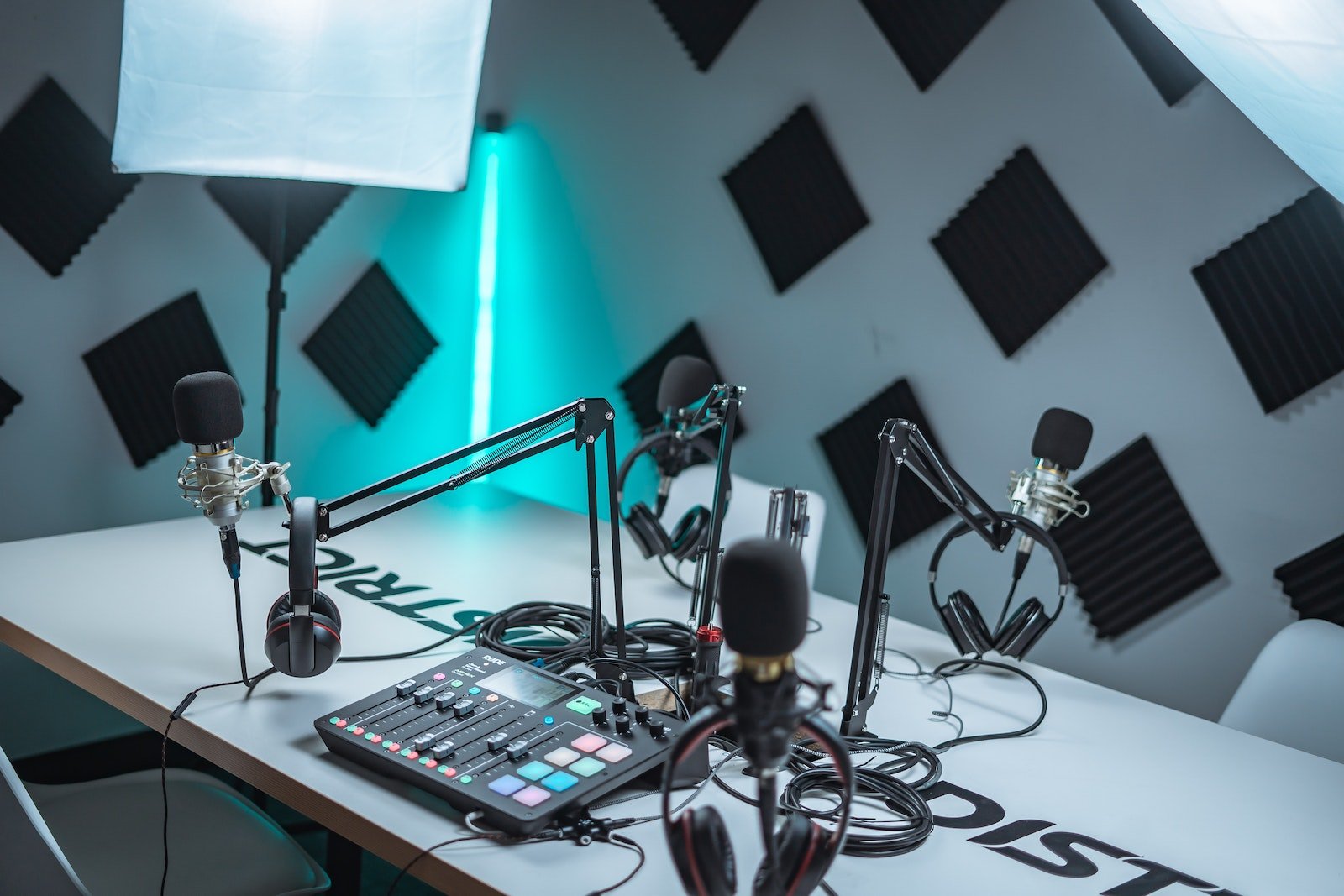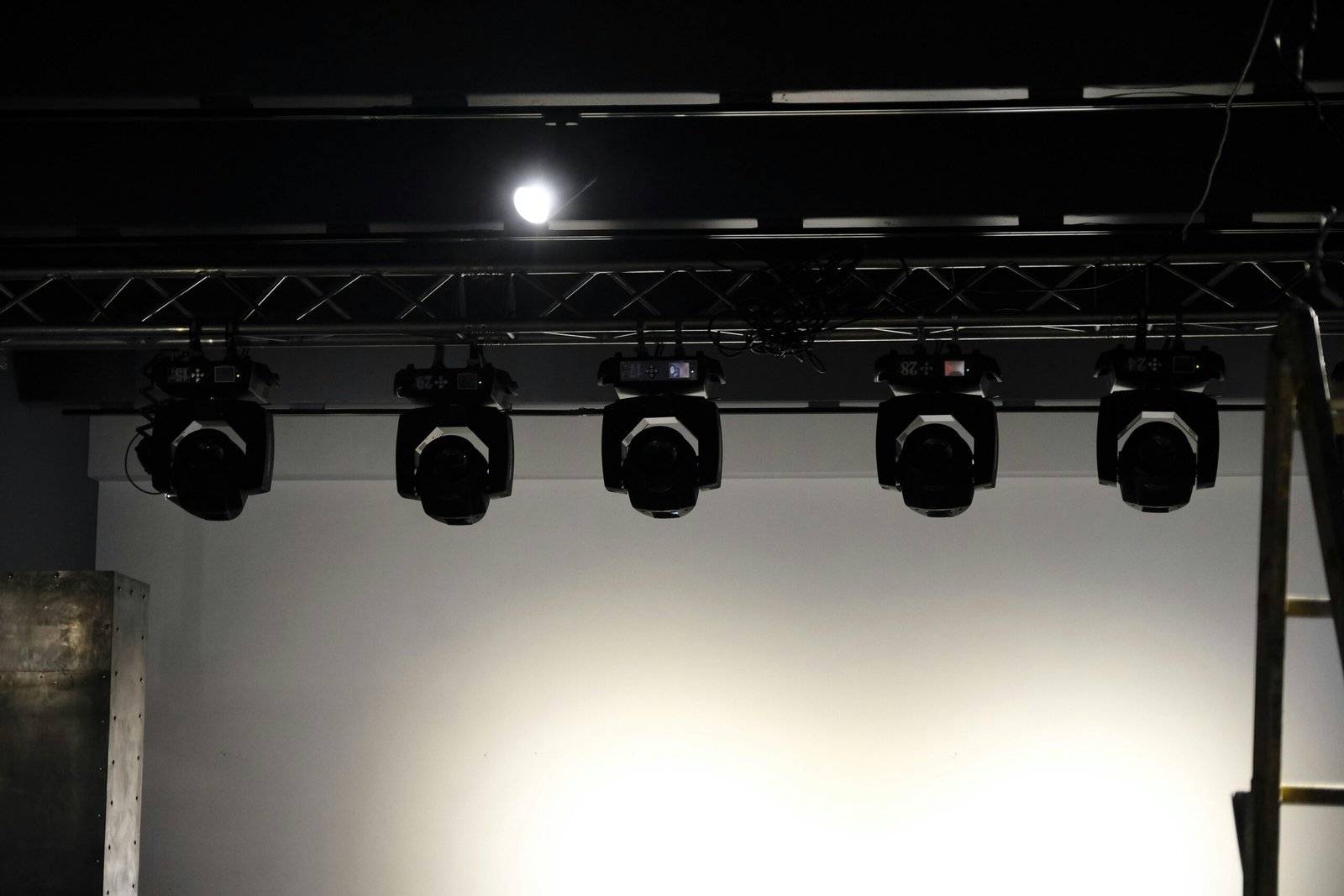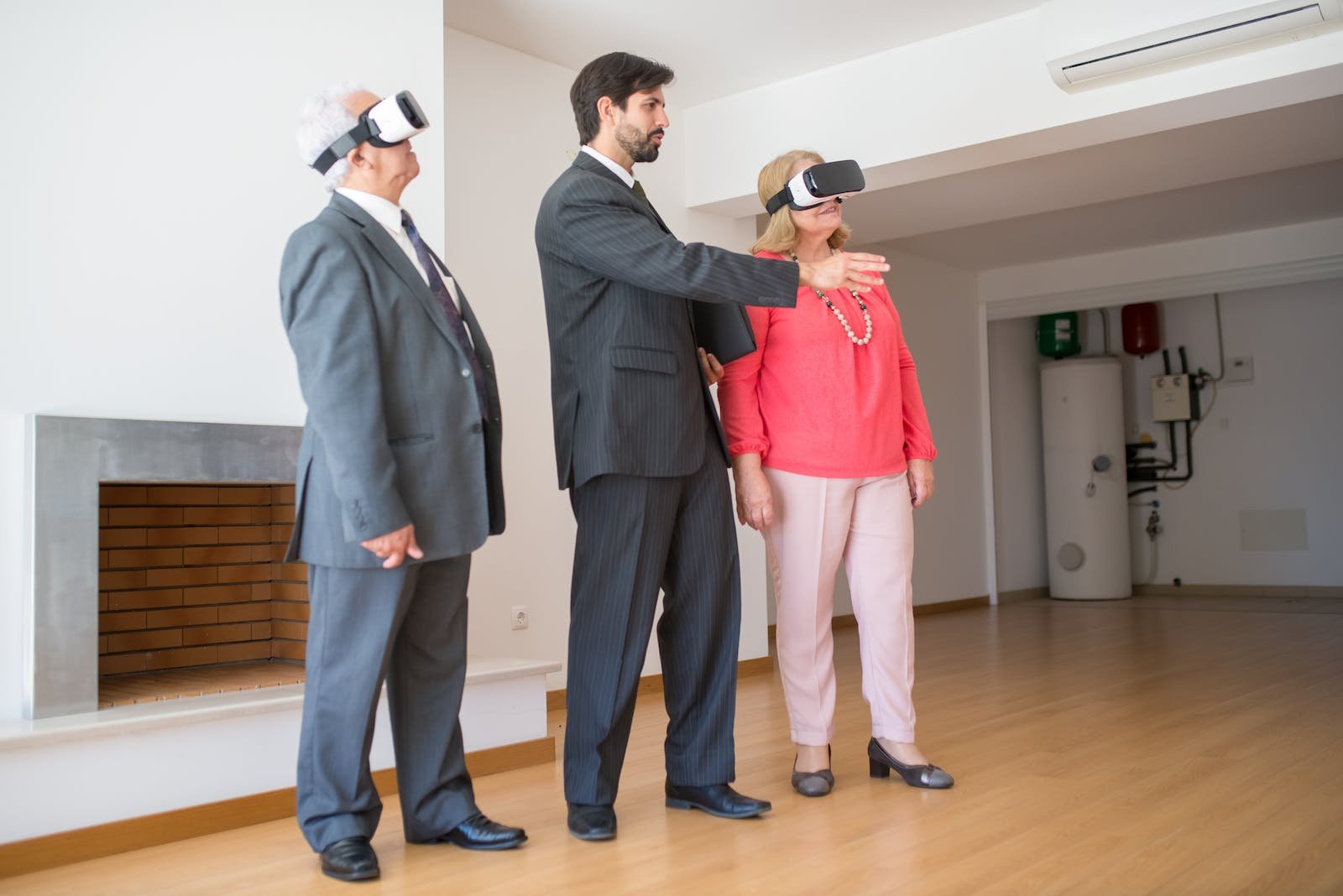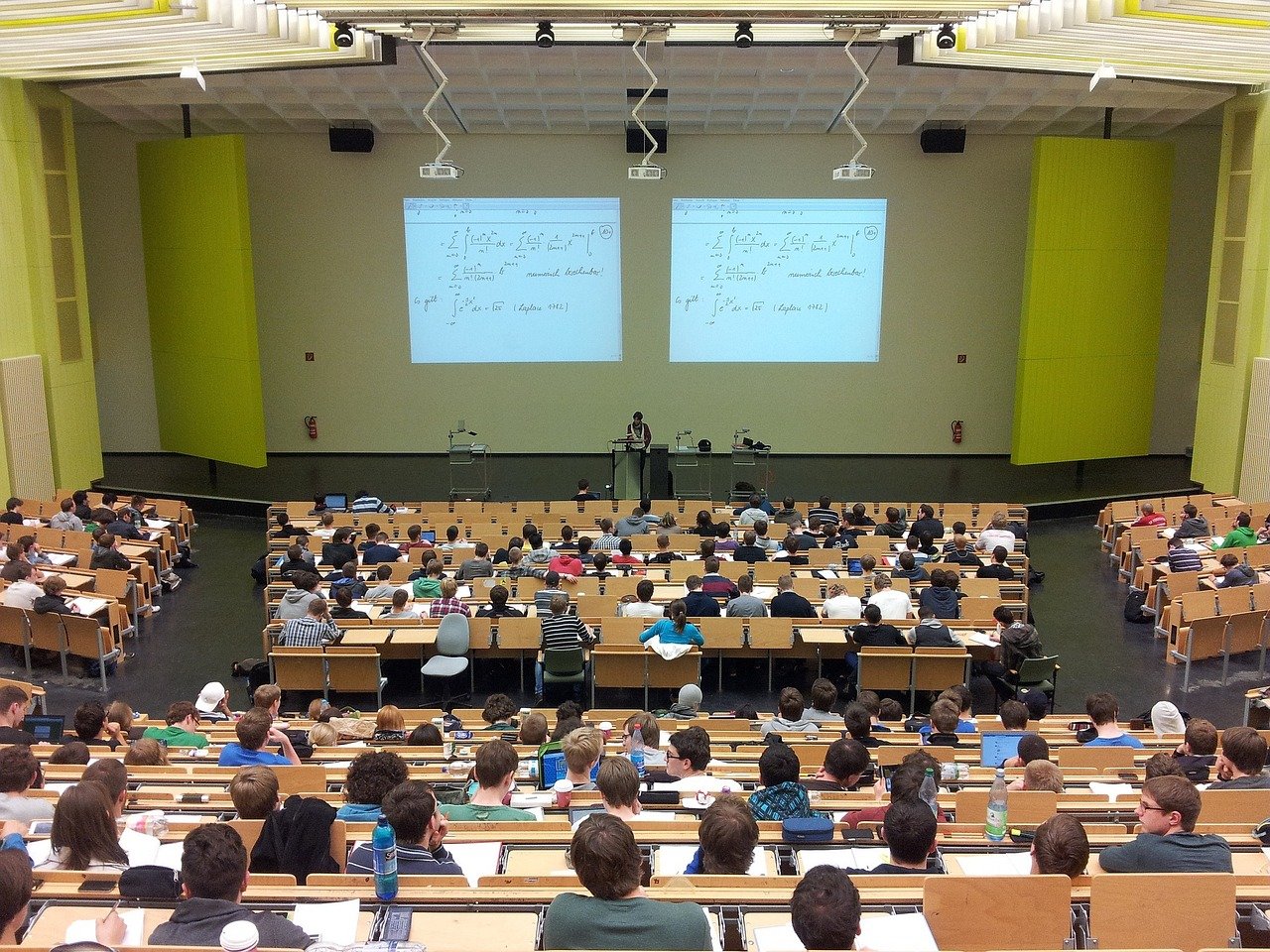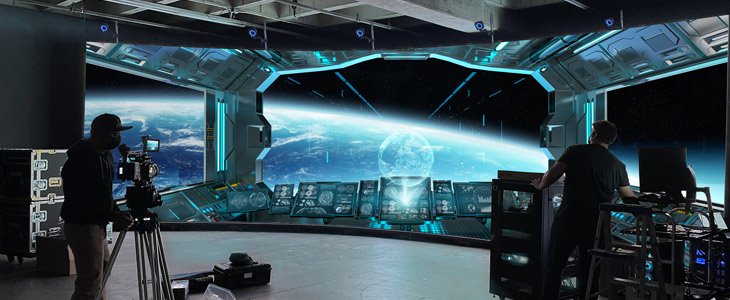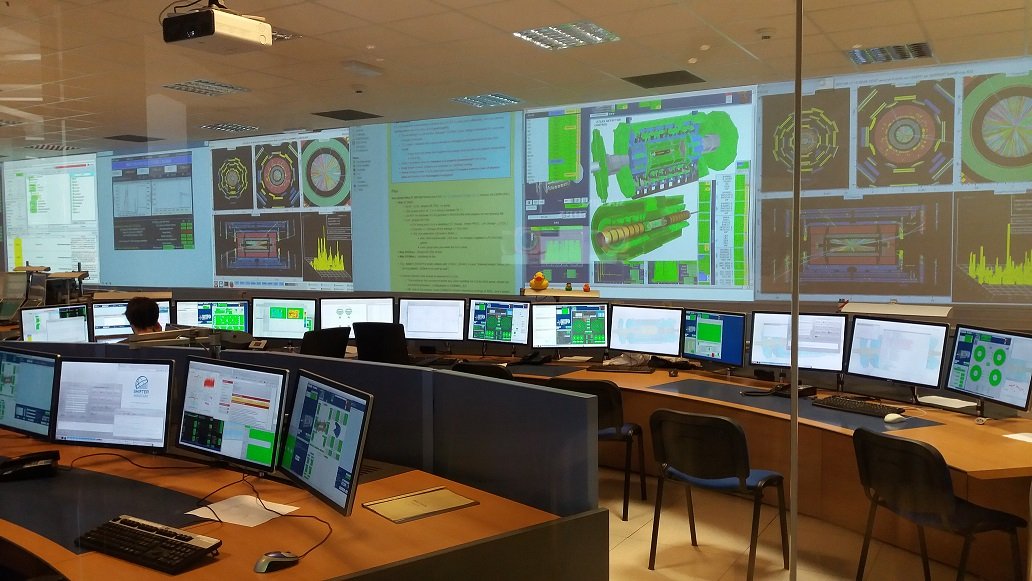A podcasting studio at home refers to a setup that allows individuals or groups to record, edit, and produce audio or video podcasts from the comfort of their own home. It provides a convenient and cost-effective way to create high-quality audio and video content without the need for renting a professional studio space. Home podcasting studios are suitable for various purposes, including hobbyists, independent podcasters, content creators, or professionals looking to produce and self-publish their own content. So, if you are serious in becoming a content creator, consider invest in professional equipment instead of the cheapest options available on the market. Because the value of time you are spending and the content that you are producing should be represented by similar or higher quality recordings.
Building a professional podcasting room instead of opting for a budget setup offers several advantages:
- Sound Quality: A professional podcasting room is designed with acoustic treatment to minimize echo, reverberation, and external noise. This helps ensure a clean and professional sound quality in your recordings. Budget setups may lack proper acoustic treatment, resulting in compromised audio quality.
- Professional Image: A dedicated and well-designed podcasting room conveys a sense of professionalism and seriousness about your podcast. It can enhance your brand image and credibility, potentially attracting more listeners and industry opportunities.
- Consistency: A professional podcasting room provides a controlled recording environment, allowing you to maintain consistent audio quality across episodes. This consistency can contribute to a better listener experience and build a loyal audience.
- Flexibility: A purpose-built podcasting room allows for greater flexibility in terms of equipment placement, cable management, and comfort. It enables you to optimize the space for recording, editing, and hosting guests, leading to smoother workflow and improved efficiency.
- Reduced Post-production Efforts: With a well-designed podcasting room, you can minimize the need for extensive post-production editing to fix audio issues. This saves time and effort in the editing process, allowing you to focus more on content creation.
- Long-term Investment: Building a professional podcasting room may require a higher upfront investment, but it can be a worthwhile long-term investment. You’ll have a dedicated space that can be used for recording podcasts, voice-overs, interviews, or other audio-related projects. It offers versatility and potential for growth as your podcasting journey progresses.
- Improved Guest Experience: A professional podcasting room provides a comfortable and inviting space for guests, creating a positive impression and ensuring their ease during recordings. This can contribute to better guest performances and overall podcast quality.
The components
To set up a podcasting studio at home, you’ll need a few essential components and equipment. Here’s a list of the key items typically required:
- Computer: A reliable computer or laptop is essential for recording and editing your podcast episodes. Choose a system with sufficient processing power and storage capacity.
- Microphones: Invest in good quality microphones to capture clear and professional-sounding audio. Both dynamic and condenser microphones can be used in podcasting sessions. Avoid using omnidirectional microphones to ensure focused and clean recordings.
- Headphones: Closed-back headphones are preferable for podcasting as they help isolate the audio and prevent sound leakage during recording.
- Audio Interface: An audio interface serves as the bridge between your microphones and computer. It converts analog audio signals from the microphones into digital data that your computer can process.
- Pop Filters and Shock Mounts: Pop filters are screens that minimize plosive sounds (like “p” and “b” sounds) and improve the overall sound quality. Shock mounts are accessories that isolate the microphone from vibrations and handling noise.
- Mixer: Depending on how many audio devices you plan to utilize, you may need to consider using an audio mixer to help managing multiple audio channels.
- Acoustic Treatment: To reduce echo and improve sound quality, consider adding some acoustic treatment to your recording space. This could include foam panels, bass traps, diffusers, or portable isolation shields. You can find various options online or even create DIY solutions.
- Recording and Editing Software: If building an audio-only podcasting studio, use a digital audio workstation (DAW) software for recording and editing your podcast episodes.
- Video Editing Software: If building a video podcasting studio, choose a video editing software that suits your needs and skill level. These tools allow you to edit and enhance your video content, add graphics, transitions, and overlays.
- Video switcher: Depending on the format of your video podcast, video switcher may come in handy to help you do dynamic live streaming.
- Camera: Invest in a good-quality camera capable of recording high-definition video. Options range from DSLRs, mirrorless cameras, or even high-end smartphones with excellent video capabilities.
- Tripod or Camera Mount: Use a stable tripod or camera mount to keep your camera steady during recordings. This helps maintain a professional and stable frame.
- Green Screen and Backdrops: If you want to add virtual backgrounds or create a more professional setting, invest in a green screen or various backdrops suitable for your content. This allows for flexibility in post-production editing and enhances the visual appeal of your videos.
- Lighting Equipment: Proper lighting is crucial for video quality. Invest in studio lights or softboxes to create well-lit, evenly distributed lighting. Consider using key lights, fill lights, and backlights to achieve desired lighting effects.
- Internet Connection: A stable internet connection is necessary for online research, remote interviews, guest recordings, and uploading your podcast episodes to hosting platforms.

